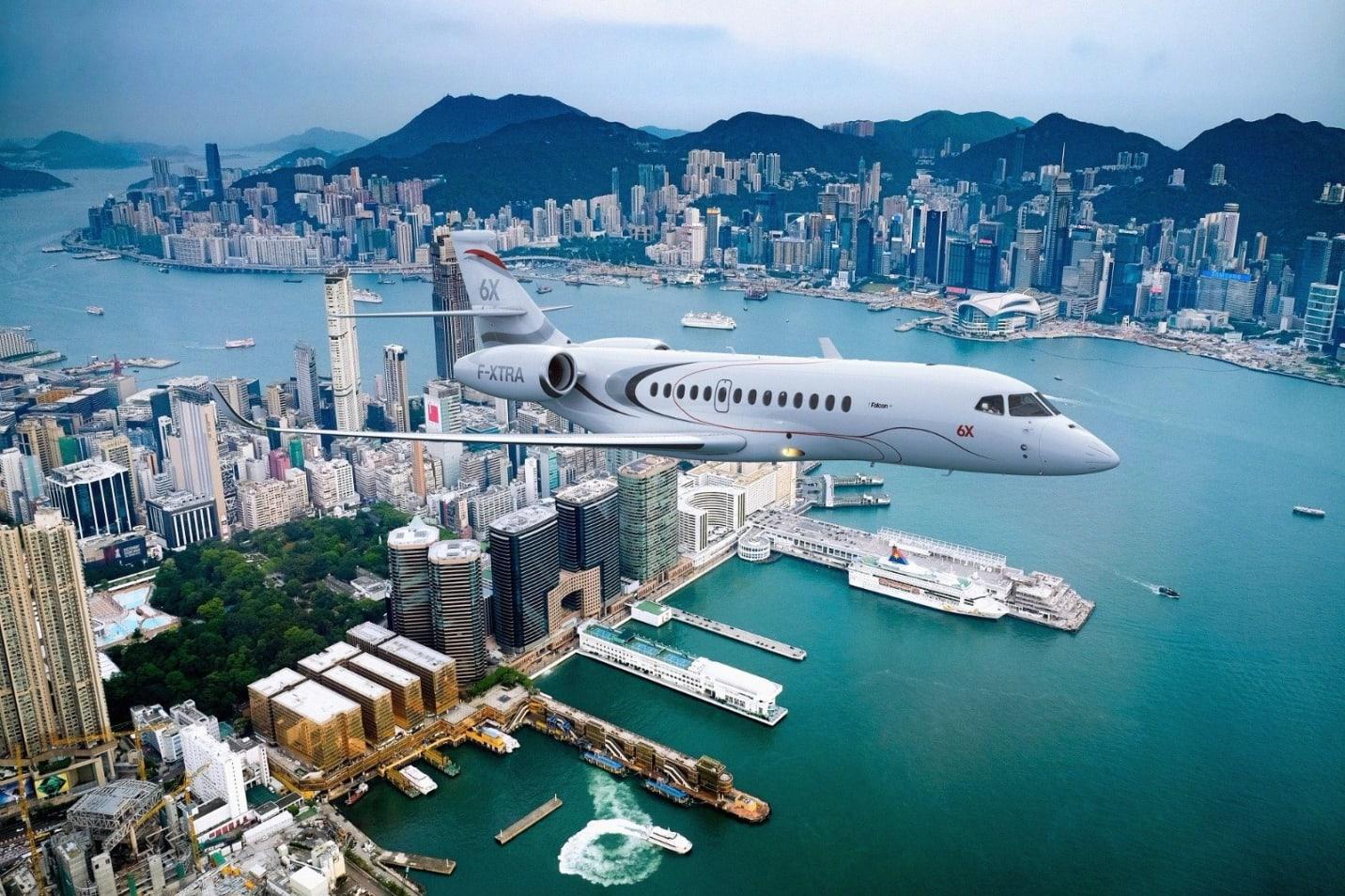
Credit: Dassault Aviation
LYON—Falcon business jet sales are seeing a strong recovery, notably thanks to U.S. demand, Dassault Aviation Chairman and CEO Eric Trappier reports. During the first half of 2021, the airframer received orders for 25 Falcons, up from a meager five during the same period last year. The newly...
Subscription Required
This content requires a subscription to one of the Aviation Week Intelligence Network (AWIN) bundles.
Schedule a demo today to find out how you can access this content and similar content related to your area of the global aviation industry.
Already an AWIN subscriber? Login
Did you know? Aviation Week has won top honors multiple times in the Jesse H. Neal National Business Journalism Awards, the business-to-business media equivalent of the Pulitzer Prizes.
